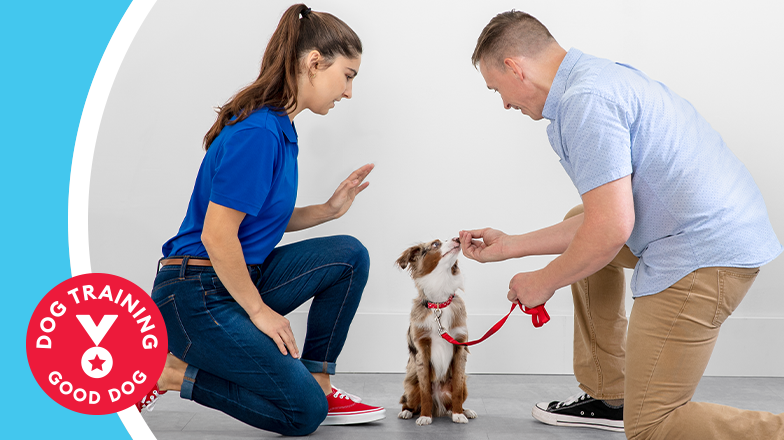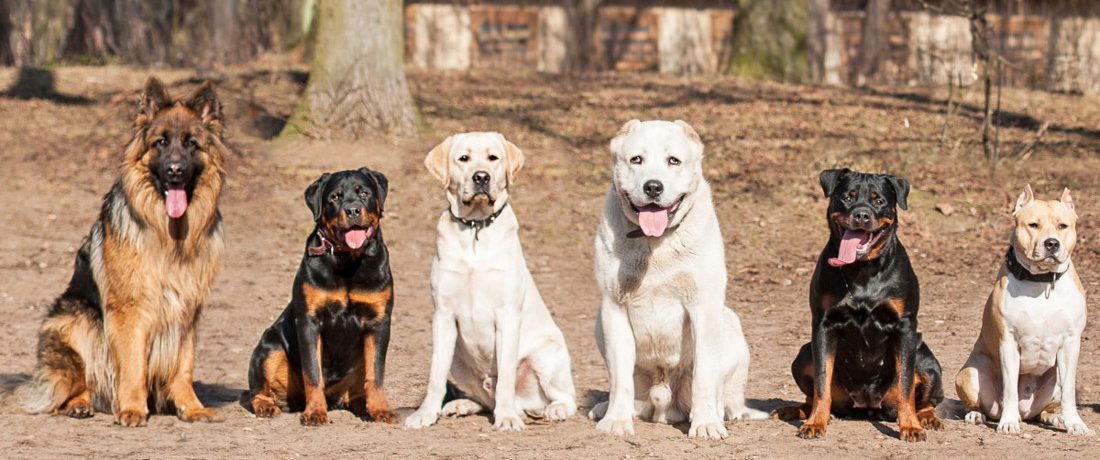Transform Your Pet dog's Actions With Proven Training Methods
Changing your pet's behavior needs a nuanced understanding of their specific characteristics and demands, as well as the application of tested training techniques. By employing favorable reinforcement and identifying important add their body language, you can properly attend to usual behavior issues such as too much barking or jumping. Uniformity in your training approach not just boosts obedience but also promotes a much deeper bond of trust fund and regard in between you and your family pet. Nonetheless, the course to effective change may offer unpredicted difficulties that warrant additional expedition.

Comprehending Canine Actions
Understanding pet dog actions is necessary for effective training and communication in between humans and their canine companions. Pet dogs, as social pets, exhibit a series of actions influenced by genetics, atmosphere, and experiences. Identifying these behaviors assists proprietors customize their training approaches to meet the particular requirements of their pets.
Secret facets of dog behavior consist of body language, articulations, and social interactions. A wagging tail frequently suggests exhilaration, while a decreased head might signal submission or worry. Recognizing these signals can help owners interpret their pet's psychological state and react suitably. In addition, socialization plays an important duty in forming actions; dogs that interact positively with numerous people and various other animals are typically much more adaptable and well-adjusted.
In addition, identifying stress and anxiety signals-- such as pacing, panting, or avoidance behaviors-- can prevent escalation right into extra significant concerns. Owners who are attuned to their pet's habits can produce a nurturing and safe setting, promoting trust and boosting the training process. Inevitably, a deep understanding of canine habits lays the foundation for a harmonious partnership and reliable training results, making sure both canines and their owners grow with each other.
Favorable Support Methods
Positive support strategies are extensively identified as one of one of the most efficient techniques for training canines, promoting a favorable understanding atmosphere. This technique involves satisfying wanted habits with treats, appreciation, or play, consequently urging the pet dog to repeat those actions (Dog training). Unlike vindictive techniques, positive reinforcement constructs trust and strengthens the bond in between the dog and the trainer
Incentives should be given instantly complying with the wanted actions to aid the pet make the link. Uniformity is additionally essential; using the same commands and rewards helps the dog understand what is anticipated.
It is essential to note that favorable support is not concerning bribery; instead, it is concerning enhancing good behavior. In time, as the pet dog learns to link specific actions with positive end results, the regularity of rewards can be gradually minimized, transitioning to verbal appreciation or recurring benefits. This approach not just motivates obedience yet additionally advertises a pleased and confident pet, making training a more delightful experience for both celebrations involved.
Dealing With Typical Problems
Attending to common issues throughout pet dog training is necessary for making certain a unified and successful connection between the pet dog and its owner. Numerous pet owners experience behavioral challenges, such as excessive barking, leaping, and leash pulling. Understanding the origin causes of these behaviors is important for reliable training.
To minimize this, offer sufficient physical workout, psychological excitement, and possibilities for social communication with both people and various other dogs. Training the dog to rest upon welcoming can redirect this actions favorably.
Leash pulling is an additional prevalent concern, frequently resulting from a canine's eagerness to explore. Utilizing proper leash managing methods, integrated with training protocols that motivate loose-leash strolling, can substantially enhance this habits.
Additionally, issues like source safeguarding or splitting up stress and anxiety need tailored strategies. Steady desensitization and counter-conditioning can be reliable in resolving these obstacles. By acknowledging and proactively handling these common concerns, pet dog owners can foster a more pleasurable training experience and strengthen the bond with their canine friends.
Consistency in Training
Consistency is a keystone of effective pet training, as it establishes a clear framework for the pet to comprehend expectations and behaviors. When rewards, signs, and commands are applied evenly, canines can quicker grasp what is needed of them. Irregular training can lead to complication, causing unfavorable behaviors that annoy both the trainer and the pet dog.
To achieve uniformity, it is vital that all members of the family abide by the exact same training approaches. Utilizing the exact same verbal hints and hand signals ensures that the canine obtains consistent messages. Additionally, the timing of benefits and adjustments should correspond; immediate reinforcement raises the possibility that the pet dog will certainly link the behavior with the outcome.
Normal technique sessions, paired with organized routines for feeding, strolling, and play, assistance pet dogs expect and understand their environment, making them more responsive to training. Inevitably, uniformity promotes a sense of security and trust fund, encouraging dogs to find out a lot more successfully.
Building a Strong Bond
How can cultivating a solid bond between a pet dog and its owner improve the training experience? When a dog really feels safe and secure in its connection with its owner, it is more most likely to exhibit positive actions and be receptive to finding out.

Additionally, a reputable connection can minimize anxiety and behavioral problems, as pets are less most likely helpful hints to act out when they feel comprehended and looked after. Prioritizing the growth of a solid bond read this not just enhances the training experience yet additionally contributes to a happier and a lot more well-adjusted dog. Inevitably, the journey of training changes into a collaborative partnership, bring about lasting behavior renovations.
Conclusion

Proprietors who are attuned to their pet's behavior can create a nurturing and secure setting, fostering trust fund and boosting the training process. Eventually, a deep understanding of canine habits lays the foundation for a harmonious relationship and efficient training outcomes, making certain both pet dogs and their proprietors prosper with each other.
Resolving usual problems throughout canine training is important for ensuring a unified and successful connection between the pet dog and its proprietor (Dog training).Uniformity is navigate here a foundation of efficient pet training, as it establishes a clear structure for the pet dog to comprehend behaviors and assumptions.In conclusion, transforming a dog's actions through confirmed training methods calls for an understanding of canine behavior, the application of favorable reinforcement strategies, and an emphasis on uniformity